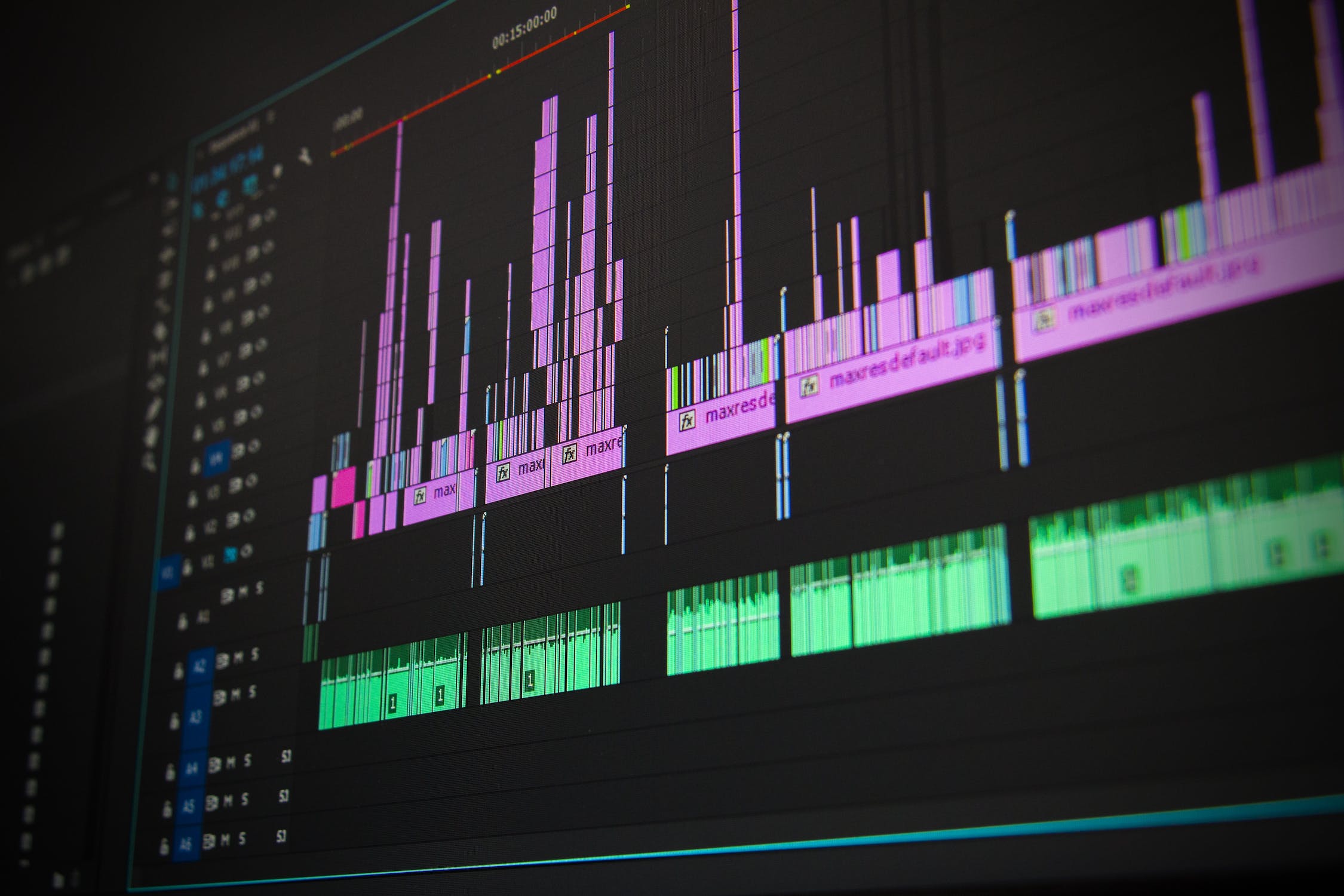When it comes to creating convincing video games, one of the most important elements is audio design.
Even if a developer manages to craft a really compelling game, create highly unique mechanics that players haven’t seen before, and offer a range of characters worth playing, it won’t matter if the audio isn’t up to snuff.
This is true for both audio design, which includes sound effects, and the game’s soundtrack, which covers the overall thematic composition of the game. A poor audio experience can translate to players muting the sound or even setting down the game indefinitely.
In fact, audio design is so important that it’s a critical focus for even short-form and casual games.
Slots, for example, are a hugely popular casino game. Regardless of what type of online slots a player gravitates toward in terms of theme, they will expect a solid audio experience. In fact, along with the game’s visual design, audio is one critical piece of the slots puzzle. Audio communicates the setting, characters, theme, mood, and even signals to the player that a multiplier or combination has been hit.
Some might even argue that shorter games like slots place a stronger emphasis on audio. Because there are limited mechanics at play, audio is one element that creates a memorable and immersive gaming experience. But let’s take a much closer look at the role and impact of audio on video games, specifically looking at traditional long-form games like first-person shooters, role-playing adventures, and more.
Theme, Mood, & Atmosphere
Above, we outlined how audio design and music directly build a game’s atmosphere and mood. But it’s a lot more involved than that, as every type of audio design is specific to genre. In survival and horror games, jarring noises (like dropping a metallic object onto the hard ground) might be added to put the player on edge. In an open-world exploration game, the sound of grass scratching against boots puts a player at ease as they explore the countryside – this is known as sound feedback.
A game that fails in its audio design is highly likely to fail in its primary genre. In other words, if audio can’t be used to help actively build on the story’s narrative and mission, it’s a flub. Worse, it might even confuse the player by mixing genres during a high-tension moment. Viewed in this way, audio is also a tool that developers can use to manipulate the player’s emotions.

Gameplay & Mechanics
Sometimes, audio is more than sound feedback or musical compositions. In certain cases, audio signals to players that something is about to happen or that they need to do something. For example, it’s not uncommon for sound to change when a player is nearing a boss battle; the sudden shift in mood is one warning to players that they need to have their wits about them.
In a more concrete sense, audio can be a part of the actual mechanics of the game. Crypt of the NecroDancer, for example, is a roguelike game that requires players to match beats in order to advance. Other times, audio feedback tells players that loot might be nearby, as with Diablo releases—and it might even signal what type of loot they’ll find. In Quake, audio feedback tells players when enemies have picked up weapons.
Once again, audio-based mechanics tend to correlate to genre. Survival, horror, shooter, and similar games tend to rely more heavily on audio than casual games like puzzles and sports sims—at least in terms of mechanics.
Accessibility
Historically, video games haven’t been too accessible. However, this is changing now. Controllers, for example, now come in all shapes and sizes to cater to more gamers. The same is true for audio controls. More developers are looking to make their audio design more dynamic so that any player can join in. One of the most critical developments is labels, which are systems for developer to assign audio cues into text based on categories. This allows the player to differentiate different types of audio as text.

